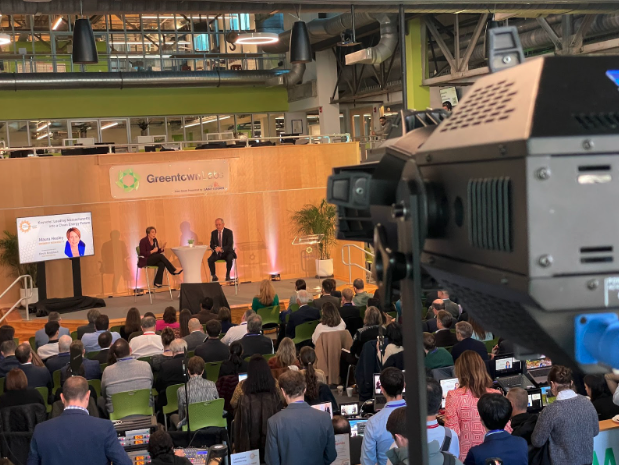
A crucial aspect of developing a new product is always determining the right sourcing solution for your needs. While the traditional option was to opt for a single source, dual sourcing has become more popular. To figure out if this makes sense for your particular product, explore the pros and cons of dual sourcing.
Pros of Dual Sourcing
Extra Capacity
Depending on your product and chosen supplier, dual sourcing may be necessary as it increases the capacity. If you need a large quantity of your product sourced but cannot find a company that can meet this demand, you may need dual sourcing. In some cases, you may require even more than two sources to meet the demand for your product.
Lead Times
On average, manufacturers have a lead time between shipments of four weeks. Businesses accept this industry standard, but dual sourcing allows you to get around it. You can stagger your calendar so your products ship every two weeks as opposed to every four weeks if you have multiple sources.
Flexibility in Cost
Because dual sourcing involves working with multiple companies, you will typically notice a cost benefit of this approach. The manufacturers will essentially bid against each other, wanting to get more of your business. To achieve this goal, they will likely lower their costs as much as possible, saving you money.
Support Different Regions
For companies who wish to sell their products in multiple regions, dual sourcing can be an essential tool. Hire two manufacturers in distinct regions and divide up the area you serve. This will allow you to minimize shipping costs associated with moving your product between regions. In the case of international companies, having multiple manufacturers may have tariff benefits by reducing the amount of product imported and producing it within the country instead.
Cons of Dual Sourcing
Quality Control
Every product requires uniformity so customers know exactly what to expect when they purchase it, no matter what region they are in at the time. This is relatively straightforward for quality control with single sourcing but becomes more complicated with dual sourcing. You will need to take extra care to ensure that the product is identical from each source so no customers miss out. This is possible, but it becomes a greater challenge for dual or multiple sourcing than single sourcing.
Headache
Of course, there is also a practical disadvantage to dual sourcing. Instead of managing a single factory, you will need to do so with two or more. This at least doubles all of the work done in regards to managing quality, timing, pricing and efficiency. Because of the additional resources needed to manage multiple factories, you will make better use of your time and resources with a single source instead of several. Even so, this can be worth it if it allows your company to expand your reach or get lower prices.
To learn about how our team at Enventys Partners can help with all your sourcing needs, contact us for more information or to request a quote.
Work With Us
Want to learn more about how we’d prepare your product for launch? Request a quote today.
Want To See This Advice In Action?
Check out our case studies and learn more about how we’ve achieved stellar results for our clients.



